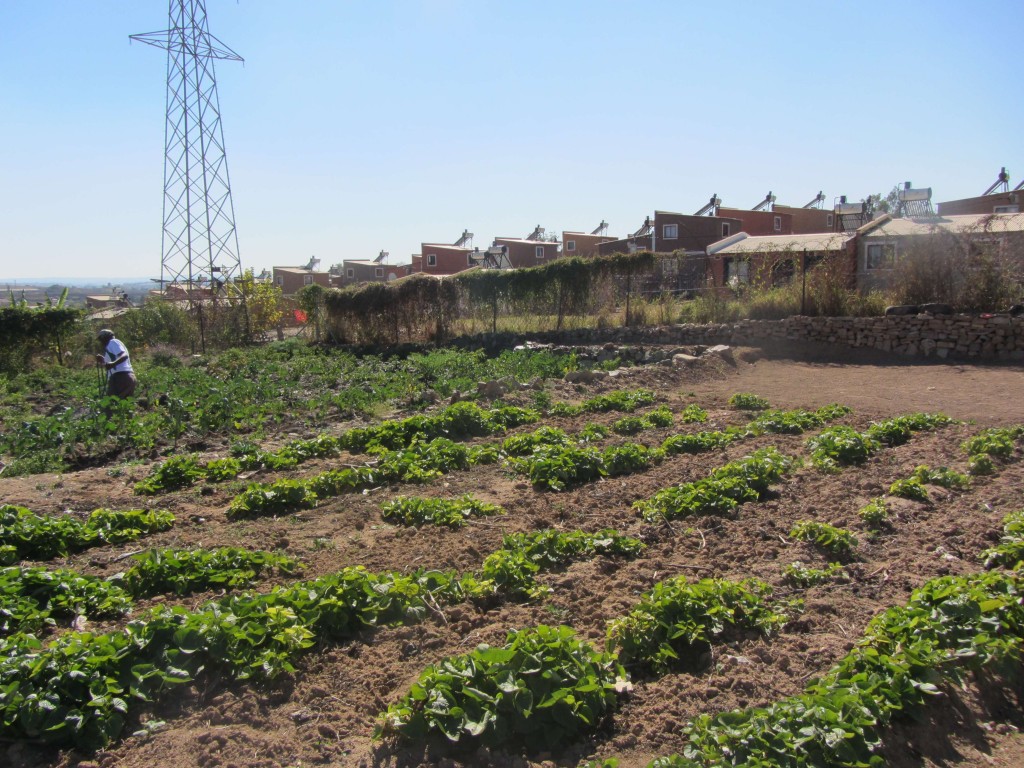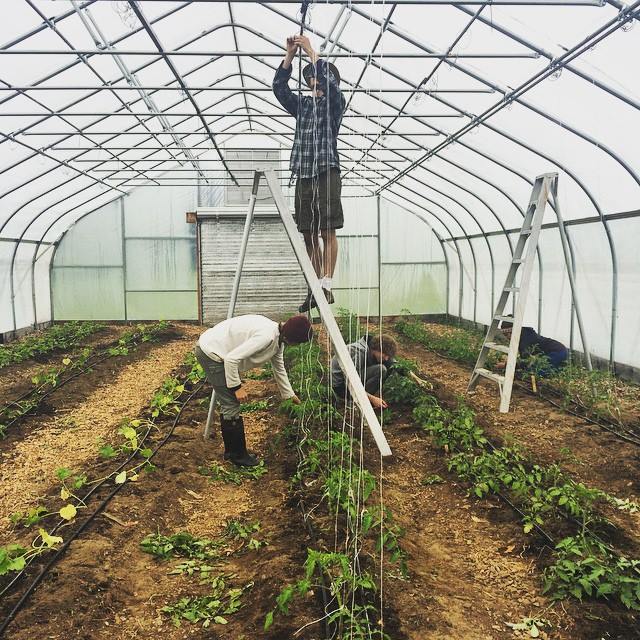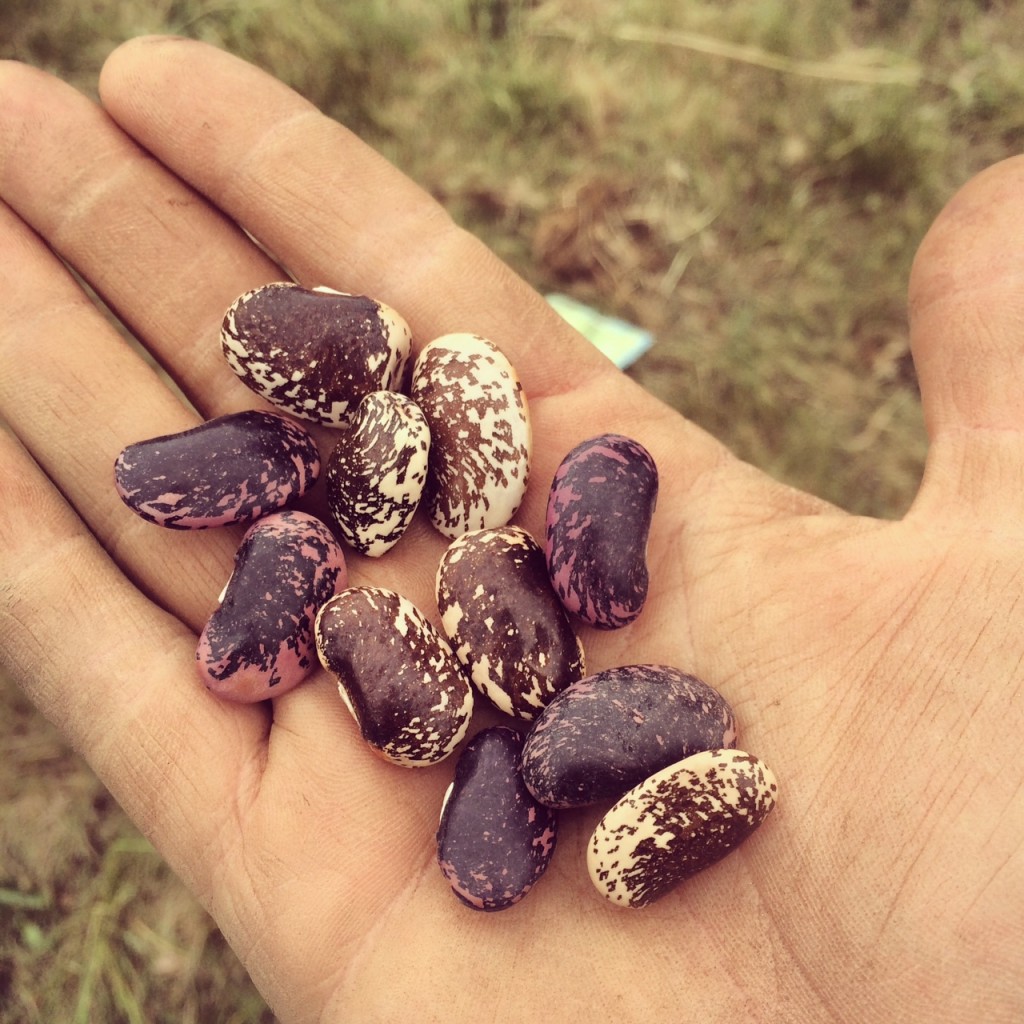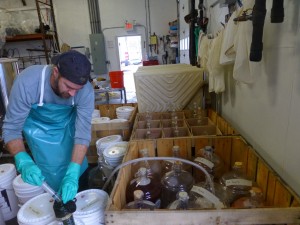The right to food is enshrined in the South African constitution (section 27(1)b). At a national level, South Africa is food secure, insofar as the country produces and/or imports enough food for the entire population. Despite this, an estimated 26% of South Africans experience hunger, with an additional 28.3% at risk of hunger. In Johannesburg, the economic heart of South Africa, figures for food insecurity range from over 50% in poor areas to as high as 90% in the most deprived wards. Clearly, a large number of South Africans are not enjoying their right to food.
Food security in South Africa, and specifically in Johannesburg, is not about the availability of food as much as about access to food, and especially about the ability to purchase food. With an unemployment rate of 24.7% in Johannesburg, and food prices rising, many residents can’t afford to buy food. Another obstacle to accessing food is the legacy of Apartheid spatial planning, which located poor households far from the city centre in areas not well served by public transportation or the formal retail sector. Continue reading

















